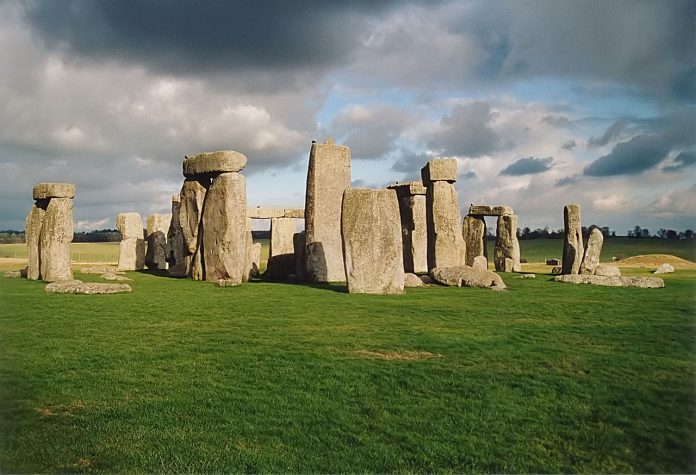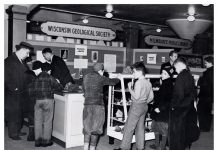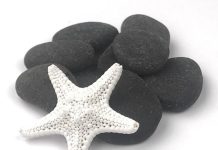
By Jim Brace-Thompson
Mysterious Stonehenge has ignited endless research, debate, and speculation. When was it created and why? Who created it? And—more to the point for this article—where did they get the earth resources to construct it?
While some of the immense stone boulders used to build Stonehenge are native to the area of southern England where the ancient monument stands, “bluestones” have been traced to rock quarries 175 miles away in western Wales. In addition, analysis of chemical elements in ancient human remains found at Stonehenge indicate that a large population there had Welsh roots.
One team of researchers led by Mike Parker Pearson (University College London) now believes they have located a sort of “proto-Stonehenge” at a place called Waun Mawn in western Wales not far from those old bluestone quarries. There, it appears a stone circle with roughly the same dimensions as Stonehenge once stood but was dismantled. Signatures in the ground indicate where stones stood and how they were arranged—and one such hole is an exact match in size and shape for a bluestone at Stonehenge with a unique five-sided cross section.
Parker Pearson speculates that sometime 5,200 to 5,400 years ago, a huge stone circle at Waun Mawn was totally dismantled as an entire population left western Wales, along with their sacred rocks, to settle and construct a new temple we now call Stonehenge. Other researchers say the discoveries made to date at Waun Mawn (which is still in early stages of excavation) “need further work.”
The ultimate source of the Stonehenge stones? The debate continues!
Author: Jim Brace-Thompson
 Jim began and oversees the AFMS Badge Program for kids, has been inducted into the National Rockhound & Lapidary Hall of Fame within their Education Category, and is the president-elect for the American Federation of Mineralogical Societies.
Jim began and oversees the AFMS Badge Program for kids, has been inducted into the National Rockhound & Lapidary Hall of Fame within their Education Category, and is the president-elect for the American Federation of Mineralogical Societies.
Contact him at jbraceth@roadrunner.com.
If you enjoyed what you’ve read here we invite you to consider signing up for the FREE Rock & Gem weekly newsletter. Learn more>>>
In addition, we invite you to consider subscribing to Rock & Gem magazine. The cost for a one-year U.S. subscription (12 issues) is $29.95. Learn more >>>
















